De Ontegelaars
At an alarming pace, green hedgerows, smooth lawns and multicoloured flower beds have been replaced by grey tiles, maintenance-free patios and closely paved pathways.
Challenge
All private gardens (which are estimated to be around 5.5 million in The Netherlands) compose a large area that has an impressive potential to contribute to sustainable water management and urban biodiversity.
Outcome
The following three experiments show an different aproach to reduce soil sealing behaviour.

Experiment 1.
De Bloemenbuurt
De Bloemenbuurt translated in English “Flower Neigberhood” in Volendam has a soil sealing density of 86%.
The contradiction of the name in relation to the lack of greenery in the neighbourhood was used to create awareness.
The contradiction of the name in relation to the lack of greenery in the neighbourhood was used to create awareness.
The street signs were hijacked and changed to “Tegelstraat”, literally translated as “TileStreet”. Citizens were given a letter to explain the current state of soil sealing within their street. In order to motivate them and give them a start into a greener direction the letter was delivered with gladiolus corms attached to it.

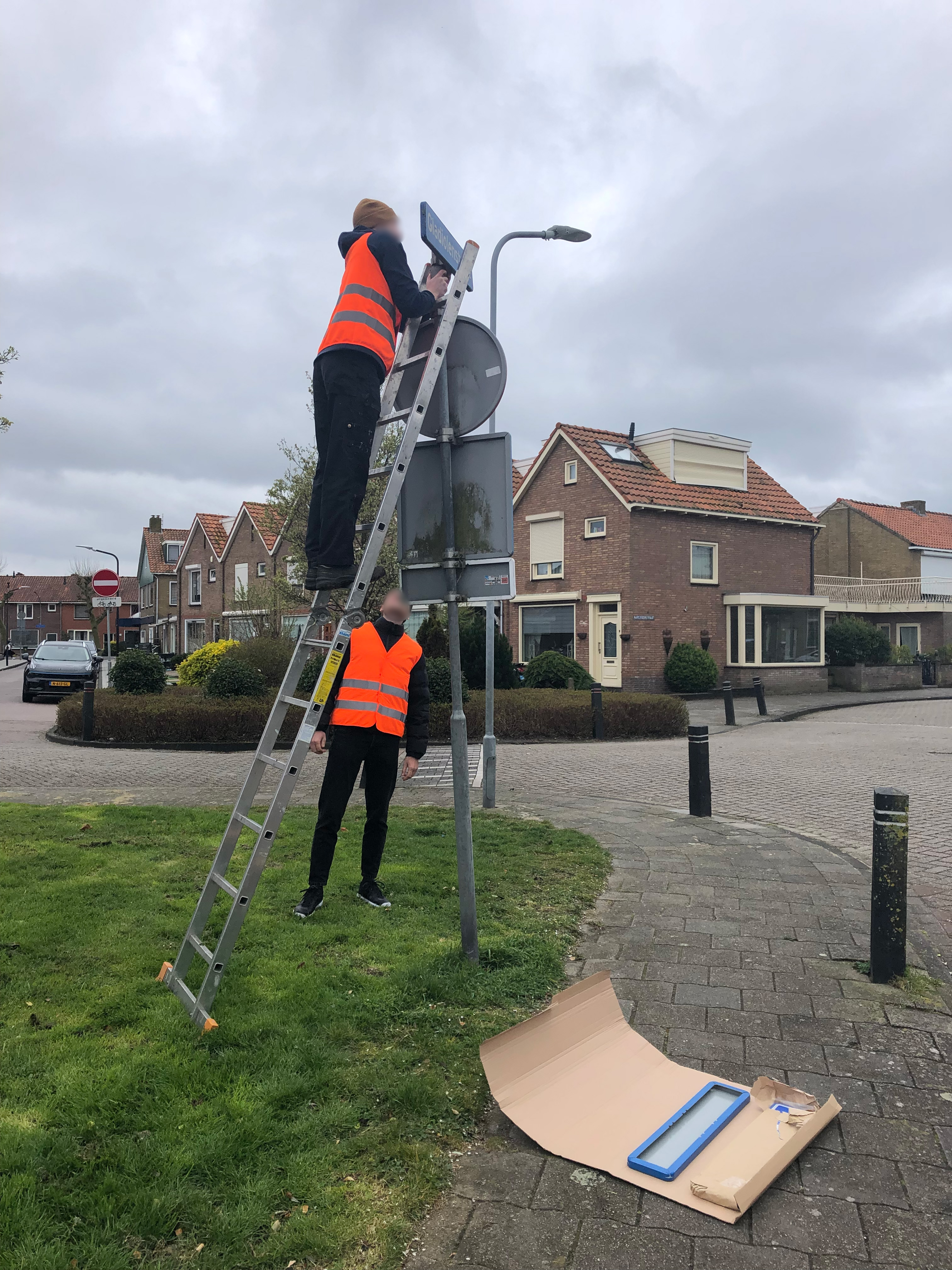

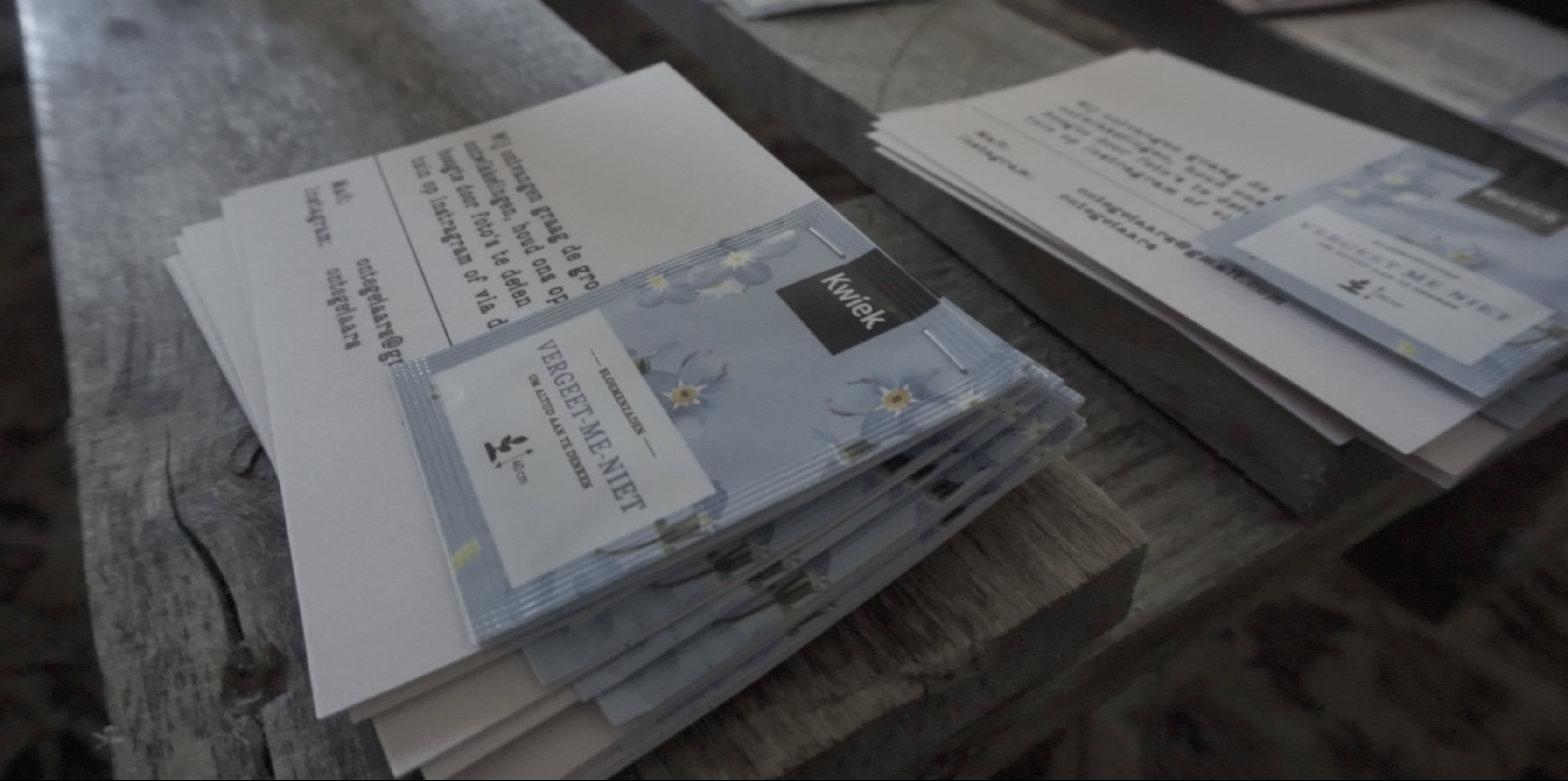
This eventually resulted in some interesting discussions both online and offline. There were people that liked it and people that hated it and labelled it as left-winged vandalism.

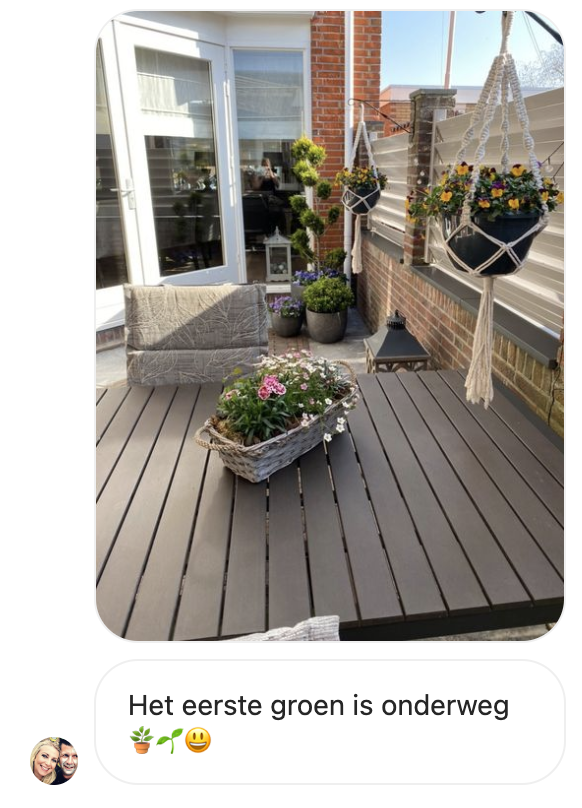




Experiment 2.
The Consequences
These rhizotrons mimic the difference between a green and a tiled garden. It shows consequences, their garden may have on the environment and their surroundings.
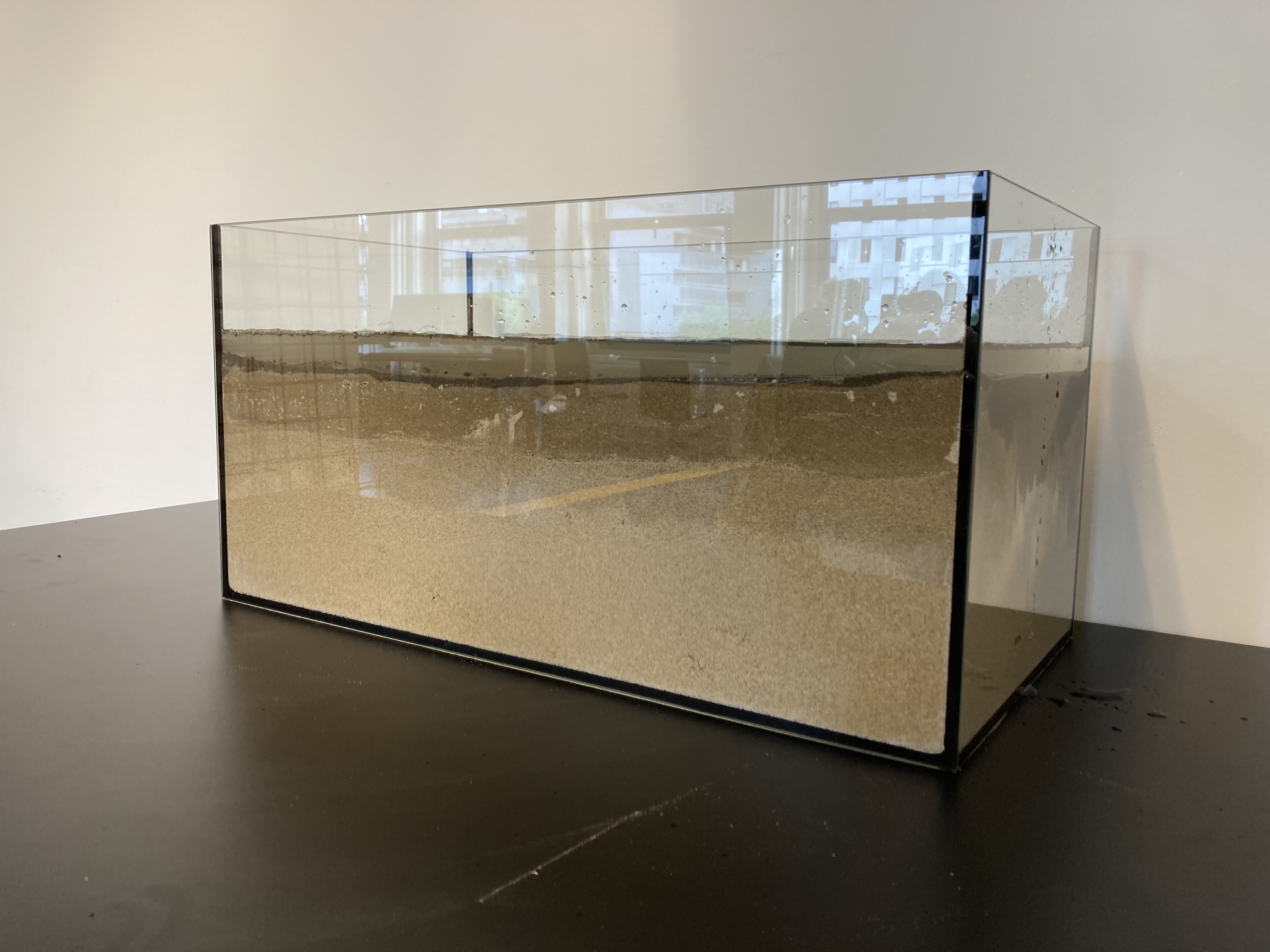 This rhizotron mimics a tiled garden. Due to the tiles and a lack of greenery, this rhizotron won’t be having any soil or fauna functions. When exposed to the heavy rainfall we see that water can’t go into the soil. Which results in flooding.
This rhizotron mimics a tiled garden. Due to the tiles and a lack of greenery, this rhizotron won’t be having any soil or fauna functions. When exposed to the heavy rainfall we see that water can’t go into the soil. Which results in flooding. This rhizotron mimics a green garden. This rhizotron shows it’s soil function, you see root zones, soil fauna and flora which plays a major role in our biodiversity. When this is exposed to the heavy rainfall we see that it can absorb the water.
This rhizotron mimics a green garden. This rhizotron shows it’s soil function, you see root zones, soil fauna and flora which plays a major role in our biodiversity. When this is exposed to the heavy rainfall we see that it can absorb the water.Experiment 3.
Jesse’s Garden
Focusing on creating a greener and more sustainable future, you expect the chairman of Groenlinks, Jesse Klaver, to have a green personal space. However, Jesse nearly has any green in his garden. That is why I addressed him in a letter asking if he, together with me wants to make his garden greener.
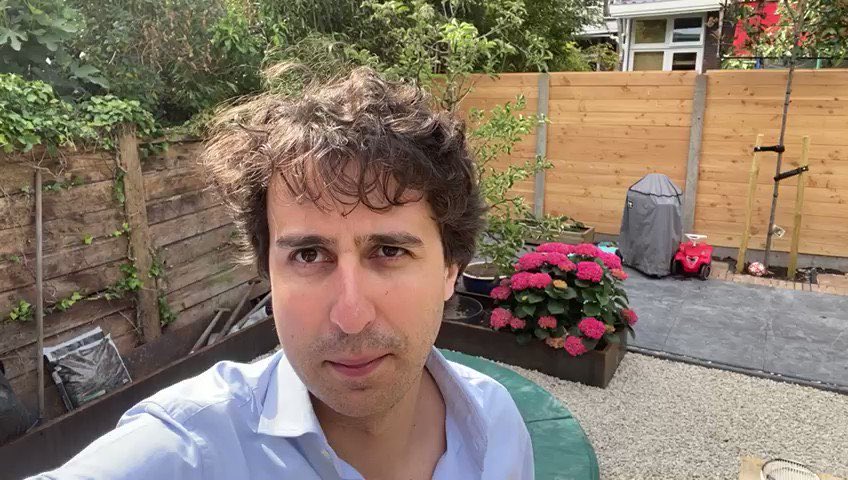

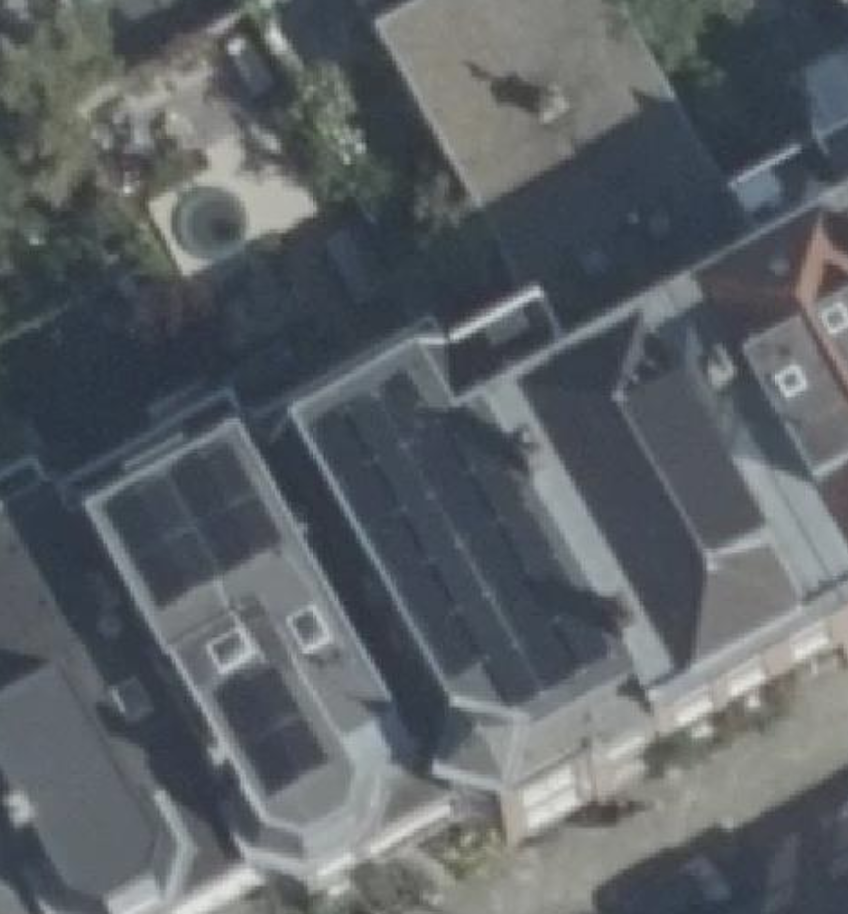
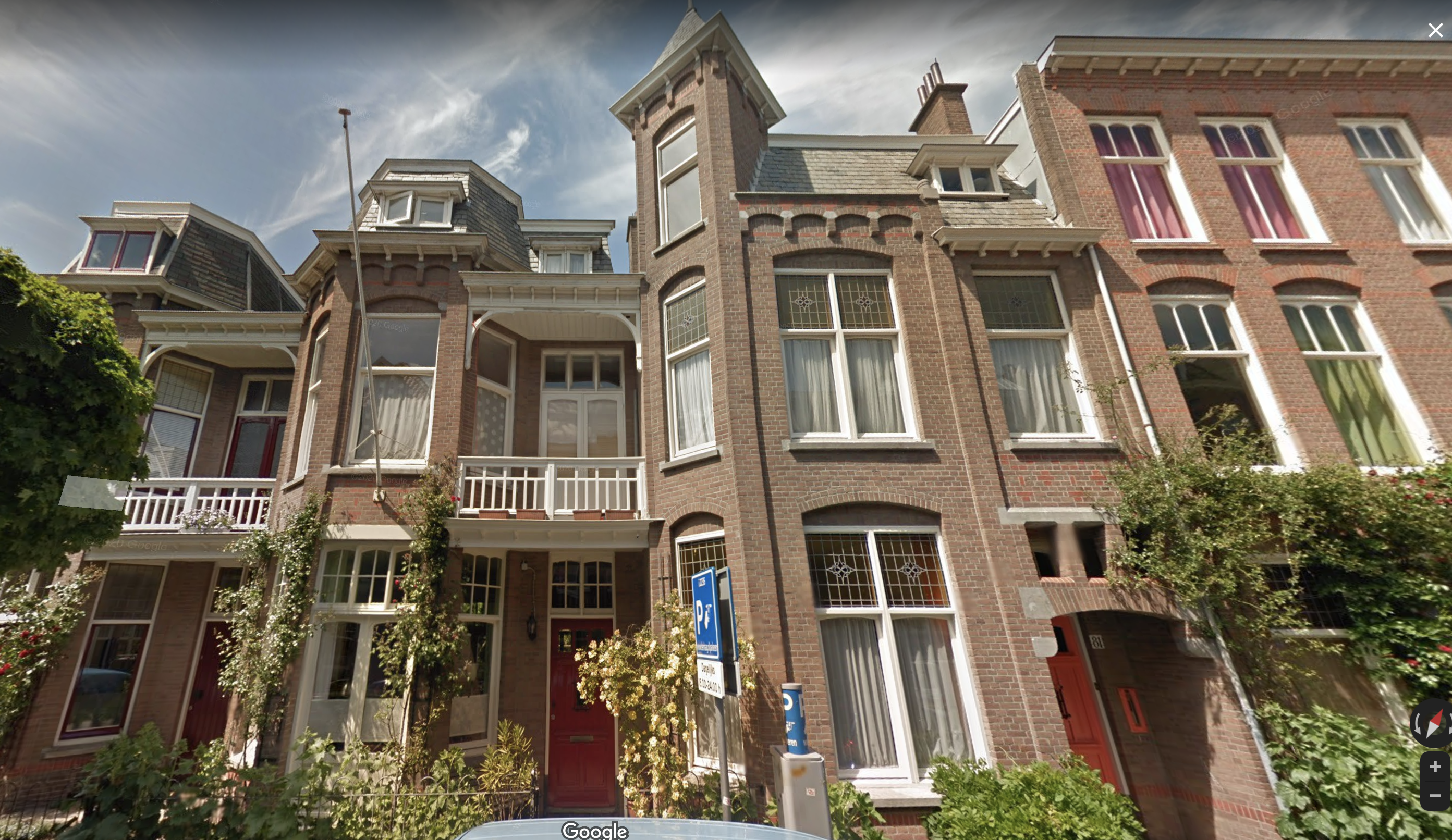
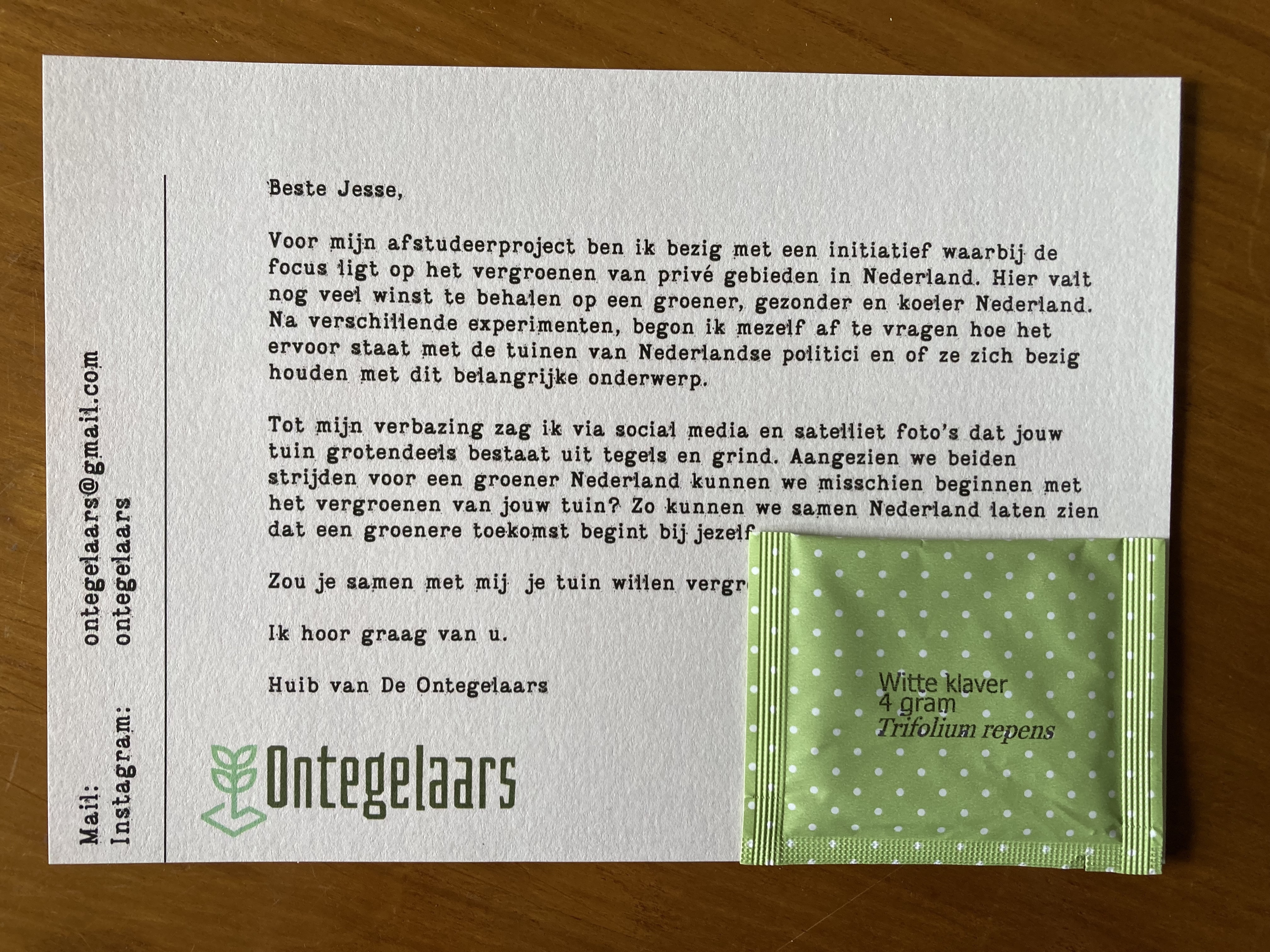
Leaving this letter with clover seeds at his home address resulted in the evacuation of his family. When spoken to his press officer it was clear that he was not amused. For safety reasons the seeds needed to be checked by the counter-terrorism organisation. So it was obvious that Jesse did not want to participate in this experiment.
Jesse Klaver claims that he is working on a greener world. However, his own garden has barely any green in it. To expose this fact I decided to recreate his garden at scale, confronting him that he is acting a bit hypocritical.
